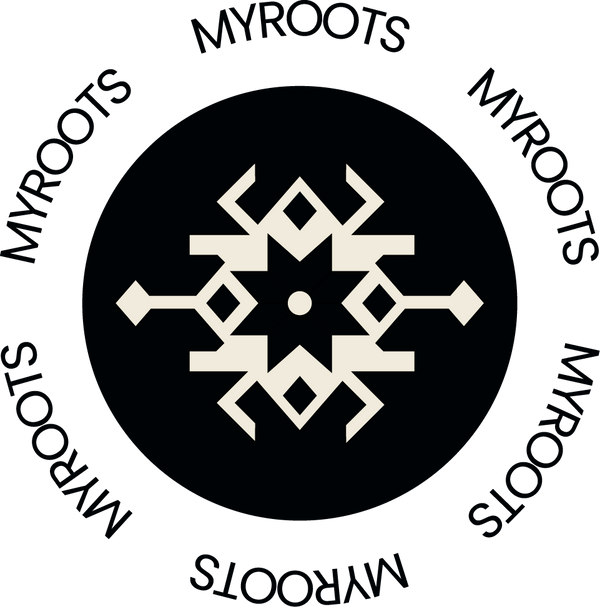
The Mystical Legacy of the Chelebi Carpet: A Symbol of Spiritual and Artistic Heritage
Share
The Chelebi Carpet stands as one of the most remarkable examples of Azerbaijani carpet weaving, deeply rooted in the history, spirituality, and craftsmanship of the Karabakh region. Known for its intricate medallion design, symbolic motifs, and rich historical ties to Sufi traditions, the Chelebi carpet is more than just a decorative piece—it is a window into a centuries-old artistic and cultural legacy.
Origins of the Chelebi Carpet
The name Chelebi has deep historical and spiritual roots. It is derived from the Mevlevi Sufi order, founded by Jalal ad-Din Rumi, and was traditionally associated with spiritual leaders and scholars. Over time, the Chelebi name became linked to communities in Karabakh, particularly in Jabrayil and Barda, where Sufi practitioners settled, bringing with them profound spiritual beliefs and artistic traditions.
The Chelebi Carpet is believed to have originated in the 17th century when these Sufi communities wove carpets that reflected their philosophical ideals. The central medallion, often referred to as “Sunburst”, symbolizes the spiritual enlightenment that Sufis sought in their mystical journey. This striking feature, resembling the rays of the sun at dawn, is believed to represent the liberation of the divine soul from material existence, a fundamental belief in Sufism.
The Unique Design and Symbolism of Chelebi Carpets
One of the most distinguishing features of Chelebi Carpets is their elaborate composition and striking use of color. The designs are highly geometric, with a central medallion surrounded by symmetrical patterns. Key elements include:
1. The Central Medallion – “Sunburst”
- The heart of the design, resembling a rising sun, symbolizes enlightenment, knowledge, and divine connection.
- It often features intricate floral elements, which reflect nature’s harmony and the weaver’s spiritual journey.
2. Ornamental Borders and Protective Motifs
- The borders are adorned with intricate geometric shapes and repeating floral patterns, symbolizing continuity and eternity.
- Many designs include protective symbols, such as small crosses or star-like forms, meant to ward off evil spirits.
3. Vibrant Color Palette
- The deep reds represent passion, strength, and spirituality.
- The rich blues symbolize wisdom and the vastness of the universe.
- The warm golds and ivory tones highlight divinity, purity, and enlightenment.
The Spread and Global Recognition of Chelebi Carpets
Chelebi carpets were widely traded across the Middle East, Anatolia, and Europe, making them one of the most valued Azerbaijani carpets in the world. The traditional weavers from Karabakh preserved the ancient techniques, ensuring that each carpet carried a piece of history and spirituality within its intricate designs.
Today, only 40 original Chelebi carpets remain in collections around the world, with some selling for $35,000 to $45,000 at auctions. Museums in Istanbul, Paris, and London proudly display these carpets as priceless artifacts of Azerbaijani craftsmanship.
The Enduring Legacy of Chelebi Carpets
Chelebi carpets are more than just woven textiles—they are storytellers of history, spirituality, and artistic excellence. Whether adorning a modern home or preserved in museum collections, they continue to inspire collectors, historians, and art lovers worldwide.
If you are passionate about traditional carpets and cultural heritage, incorporating a Chelebi-inspired design into your space can be a meaningful way to connect with history, art, and timeless craftsmanship.
Discover More About Traditional Carpets
Looking to explore more about Azerbaijani carpet art? Browse our exclusive collection of traditional designs and bring a piece of history into your home.
